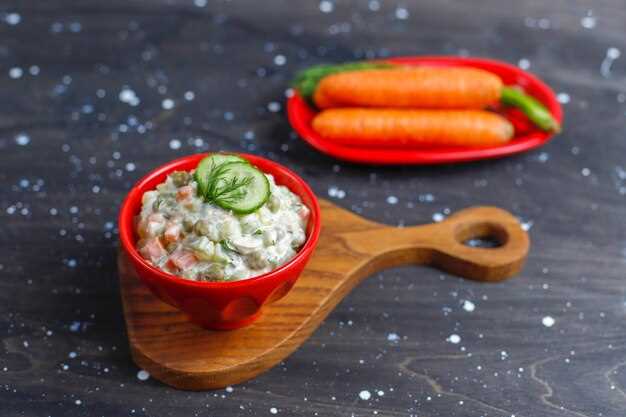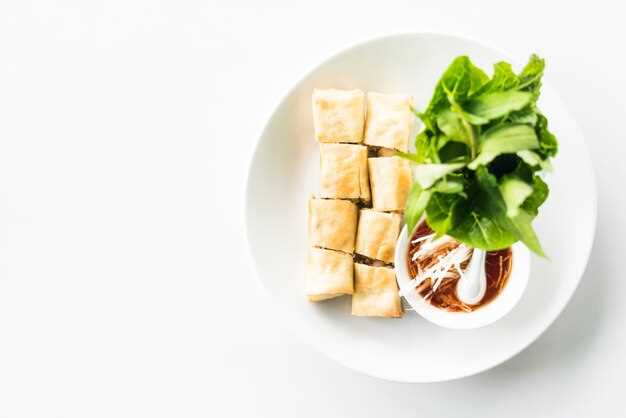For peak enjoyment of these decadent spuds, pre-bake your russets at 400°F (200°C) for an hour, or until easily pierced with a fork. This ensures a fluffy interior, crucial for absorbing all the savory additions.
Elevate your starchy orbs by incorporating a blend of sharp cheddar and Monterey Jack cheese for optimal melt and flavor. Consider adding crumbled chorizo for a smoky and spicy counterpoint to the creamy filling. Don’t skimp on the garnishes! A generous dollop of sour cream, fresh scallions, and a sprinkle of smoked paprika transforms these tubers from ordinary to extraordinary.
Pro Tip: To prevent soggy skins, prick the baking skins several times before roasting and avoid wrapping them in foil. For reheating, a brief stint under the broiler restores crispness to the exterior. Enjoy these sensational modified baked ground apples!
Choosing the Best Potatoes for Savory Stuffed Spuds
Russets yield the fluffiest interior, ideal for absorbing flavorful fillings. Their thick skin also holds up well to baking and stuffing.
Yukon Golds offer a naturally buttery flavor and creamy texture. They work excellently if you prefer a slightly less starchy base. Their skin is thinner compared to Russets, requiring careful handling.
Red Bliss variants aren’t optimal. Their waxy texture remains firm after cooking, resisting the desired fluffiness for this particular dish. If used, thoroughly prick the skin to prevent explosions during baking.
Consider size: medium-to-large spuds (around 8-10 ounces) provide ample surface for toppings and substantial individual servings.
Inspect the tubers: avoid those with sprouts, green spots, or soft patches, indicating spoilage or potential bitterness. Firm, unblemished surfaces are key.
Mastering the Perfect Potato Cooking Method
For optimal fluffy interiors and crispy exteriors, parboil spuds for 10-12 minutes until a fork inserts with slight resistance. Drain thoroughly and rough them up slightly in the colander; this creates more surface area for crisping.
Baking at 400°F (200°C) for 45-60 minutes yields a tender baked crop. Pierce each tuber several times with a fork before baking to allow steam to escape, preventing explosions and promoting even cooking.
Frying requires a two-stage process: first, fry at 325°F (160°C) to cook through, then at 375°F (190°C) for a golden, crunchy finish. Blanching the slivered vegetables in ice water before frying can remove excess starch for better results.
Microwaving can expedite cooking; prick with a fork and cook on high for 5-8 minutes, flipping halfway through. Though faster, this method produces a less texturally complex result compared to baking or frying.
Steaming retains moisture and results in a light, airy outcome. Steam whole or halved spuds for 15-20 minutes until easily pierced with a fork. Consider steaming smaller, uniform pieces to ensure even doneness.
For mashed preparations, use russets or Yukon Golds for their high starch content. Boiling until very tender, then draining and drying in the pot over low heat before mashing, minimizes wateriness. A ricer creates the smoothest consistency.
Crafting the Ultimate Tuber Toppings Combination
Prioritize textural contrast: crispy bacon bits against creamy cheese sauce, punctuated by the cool crunch of finely diced red onion. Aim for a balanced flavor profile, combining savory, spicy, and tangy elements. Consider a base of melted Monterey Jack for its mildness, then add crumbled cotija for a salty, assertive bite.
Protein Power-Ups
Beyond bacon, shredded carnitas offer rich pork flavor. Chorizo, browned and drained, provides a spicy kick. For a vegetarian option, consider seasoned black beans or lentils, offering protein and fiber.
Sauce Sensations
Instead of standard sour cream, explore Mexican crema for a tangier alternative. A drizzle of chipotle mayo introduces smoky heat. Fresh pico de gallo brightens the dish with its acidity and freshness. Experiment with a homemade cilantro-lime dressing for added zest.
Assembling and Serving Your Delicious Stuffed Spuds
For optimal flavor layering, first deposit the cheese directly onto the hot, halved tubers. This allows melting and adhesion of subsequent toppings.
Topping Application Strategies
Sour cream or Greek yogurt should be dolloped rather than spread to maintain distinct flavor pockets. Finely chopped cilantro or green onions add brightness, ideally sprinkled last for visual appeal.
Serving Suggestions for Stuffed Tubers
Serve immediately on heated plates to retain warmth. Pair with a crisp green salad tossed in a light vinaigrette to balance the richness. A sprinkle of smoked paprika enhances presentation and adds a subtle smoky note.
Spud Madness: Keeping and Warming Instructions
For best results, store leftover spud creations separately. Keep the baked tubers in an airtight container in the refrigerator for up to 3 days. Store toppings (cheese, meat, sauces) individually to prevent sogginess.
To reheat the filled baked spuds, preheat oven to 350°F (175°C). Place spuds on a baking sheet and warm for 15-20 minutes, or until heated through. Microwave reheating is possible, but may result in a softer texture; heat in 1-minute intervals.
Cold, leftover toppings, such as sour cream or guacamole, should be added after reheating the core components.
Do not refreeze the spuds once they have been warmed. Discard any filled spuds that have been left at room temperature for more than 2 hours.
Reheat individual components. Warm the protein (meat, bacon) on the skillet or in the microwave. Shredded cheese can be sprinkled atop during the final minutes of oven reheating for optimal melting.
Q&A:
Can I substitute the ground beef with something else? I’m not a huge fan of red meat.
Absolutely! Ground turkey or chicken would be great alternatives. You could also use chorizo for a spicier kick. For a vegetarian option, consider using crumbled tofu or lentils, seasoned similarly to the beef.
The recipe calls for a lot of ingredients. Is there anything I can prepare in advance to make the process quicker on the day I want to eat these?
Yes, you can certainly prep some components beforehand. Cook the ground beef and store it in the refrigerator for up to three days. You can also shred the cheese and chop the toppings (onion, tomatoes, etc.) ahead of time. When you’re ready to assemble, just heat up the beef, bake the potatoes, and put everything together. This will save you a significant amount of time.
I’m a little confused about baking the potatoes. Should I pierce them first, and how long should they bake for?
Yes, you definitely should pierce the potatoes several times with a fork before baking. This allows steam to escape and prevents them from exploding in the oven. The baking time will vary depending on the size of your potatoes, but generally, at 400°F (200°C), it takes about 45-60 minutes, or until they are easily pierced with a fork. You want them to be nice and soft inside.
I don’t have any sour cream. What can I use as a substitute for the topping?
A good substitute for sour cream would be plain Greek yogurt. It has a similar tangy flavor and creamy texture. You could also try using crème fraîche, but it’s a bit richer and less tangy. If you are looking for a dairy-free option, there are several plant-based sour cream alternatives available in most supermarkets.
My family loves spice! How can I add more heat to this recipe?
There are several ways to increase the spice level! You could add a pinch of cayenne pepper or some chili powder to the ground beef while it’s cooking. Another option is to use a spicier salsa or add some diced jalapeños to the toppings. You could also drizzle some hot sauce over the finished potatoes. For an extra layer of flavor and heat, try using pepper jack cheese instead of cheddar.




